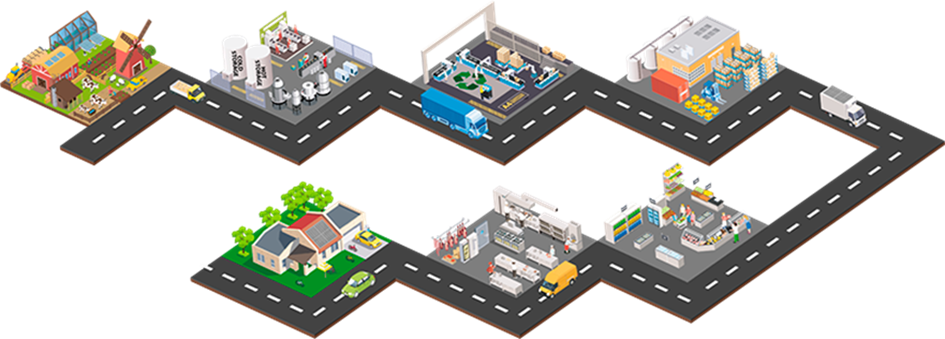
Food systems are globally responsible for about 1/3 of total greenhouse gas emissions. The main scope of the ENOUGH project is to provide tools and methods to contribute to the EU Farm to Fork strategy to achieve climate neutral food businesses. You can find more information about the project here (link to website).
With our dedicated demonstrators, the project aims to demonstrate promising technological solutions applied within several sectors and steps of the food chain. In the two upcoming webinars, advancements of some of the demonstrators in the project will be presented.
Several food products are perishable and highly depending on temperature control. That is why several of our demonstrators are focusing on the cold chain. This webinar will focus on demonstrated freezing technologies. The webinars will be held in MS Teams, and you will receive an invitation to the event once you are registered.
If you want to discover more about other ENOUGH demonstrators, make sure you register also for the second ENOUGH webinar: How to improve the sustainability of the food chain? Date: 07/12/2023 from 13:00-14:30 (CET)
Agenda:
|
Webinar: Advancements in freezing technology for a sustainable food chain |
|||
|
Start |
Presentation |
Presenter |
Affiliation |
|
13:00 |
Introduction to ENOUGH project |
Hanne Dalsvåg |
SINTEF Ocean |
|
13:10 |
Introduction to WP6 |
Silvia Minetto |
CNR |
|
13:20 |
Energy efficient brine freezing |
Eirik Starheim Svendsen |
SINTEF Ocean |
|
13:40 |
Ultra-low temperature blast freezing |
Ahsan Muhammad Mubashir |
CNR |
|
14:00 |
Freeze-drying for long-term food storage |
Michal Palacz |
SUT |
|
14:15 |
Conclusions and Q&A |
|
|

